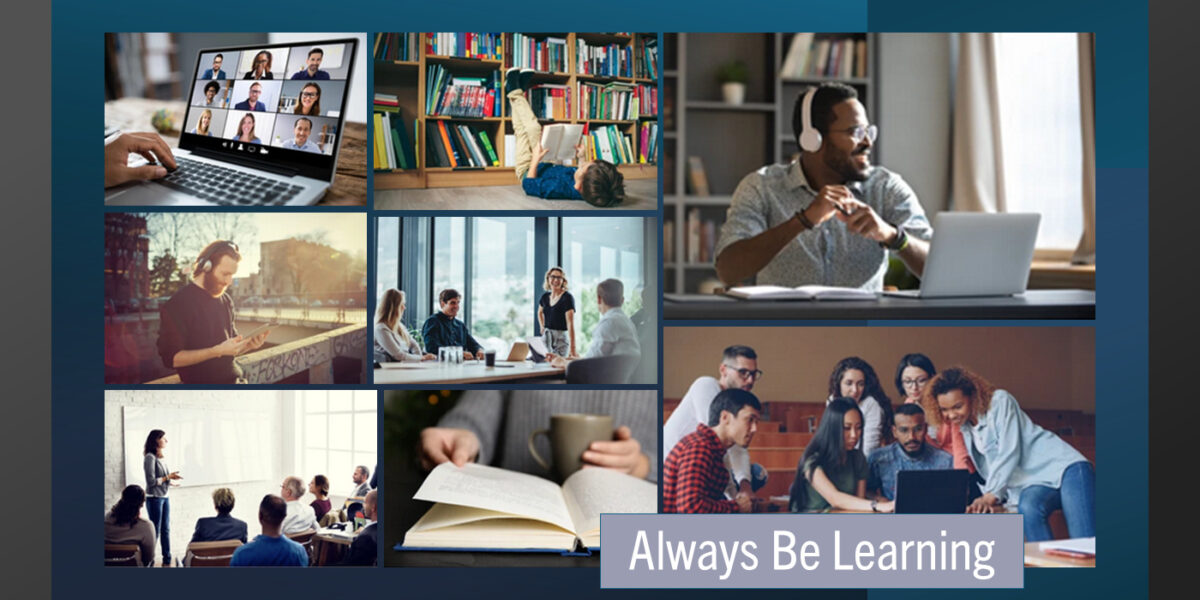Recently, I shared some of the costs that I’ve seen crop up as the result of miscommunication. The upside is that improving communication isn’t just an exercise in cost avoidance, it can be a huge benefit to your organization. I know that sounds pretty obvious, but for whatever reason, the benefits don’t seem to motivate many teams to improve or at least make improvement a priority. In all honesty – in the past, we haven’t always given it the focus it should have either.
But some amazing things can happen when you do – things like changing a whole aspect of your business.
For us, where it started was that saying/thought/advice that “It is the responsibility of the Speaker to ensure that the Listener understands your message in the manner in which it was intended.” I couldn’t tell you where I first heard that – but it has stuck with me – and has been a guiding force in our company ever since.
Think about that statement for a minute. The message – your message – is in your hands.
You don’t just fling information out & hope that it is understood (unless you’re writing a blog post, right?) It is up to you to ensure that they ‘get’ your message. It throws out the whole “he just didn’t understand” excuse (a personal pet peeve).
You have the responsibility to take the time to understand the audience for your message to ensure you know how best they receive a message – so you know how best to deliver it.
Some Benefits
Communication can make or break your bottom line in a solutions business – and I’m guessing in your business too. While communication missteps can lead to rework, frustration, and missed opportunities destroying your return. The flip side is that effective communication can open up all kinds of new opportunities and benefits.
One of the great things that improving our communications has done for us is to move to a remote approach in the implementation of our mobilePLUS solution. This saves time and money for both our clients and our team. But the only way this approach works is if all communication is clear, concise, and universally understood across the full project team.
Communications at Work
A good example of our communication practices at work is in the solution that we delivered for a university in Florida. Like most client project teams, there was a wide variety of perspectives – the executive sponsors, the IT team, the functional managers, and the users – each with its own concerns and motivations. They had a limited budget and a compressed amount of time with which to get the solution implemented and in production. A remote approach was the best option to meet these constraints.
We’ve been delivering assets solutions for years, with some of the work being done remotely – so we did have a few tools to get us started. For a completely remote implementation – we needed to take those tools and add the theme of Multiple.
Multiple Perspectives
Each of the players on the team has a different perspective based on their role, their past solution experiences, the potential pluses/minuses of implementing the system, etc. If you want to avoid confusion, frustration, and time loss due to misunderstandings, it is worth a little extra time upfront to understand the perspectives of each of the roles – and ideally – the perspective of the actual people in those roles so that you can efficiently get information disseminated across the team.
Multiple Communication Vehicles
Understanding the team perspectives will help you define the different types of communication vehicles that will be the best fit. Some people work best with reading information and following up with questions. Others want things demonstrated for them. Still others want to be talked through things while they try activities and so on – and some will need a combination of these.
You may be delivering the same content to each of the team members, but to successfully reach each of them, you need to have the communication vehicles that best complement their learning sweet spots.
Multiple Messages
Redundancy – the lather, rinse, and repeat of communications. Be prepared to deliver your messages multiple times to make sure that the team has received what you’ve said, understood what you meant – and has processed what that message means for them and their project.
Again, I know it sounds pretty obvious that Good Communication = Good Results. But really taking responsibility for our role in communication – and applying that responsibility to the challenge of a completely remote client has changed our business.
Employing these communication changes has also resulted in a much more smooth engagement overall – critical when you are remote. Without misunderstanding, the client feels more confident in the project experience. That, coupled with the timely, affordable delivery, has ensured great references for us – and more business. What are some of the things that your team has done to improve communications?




